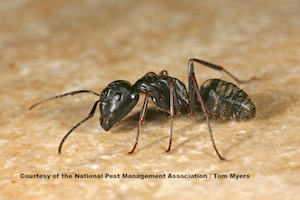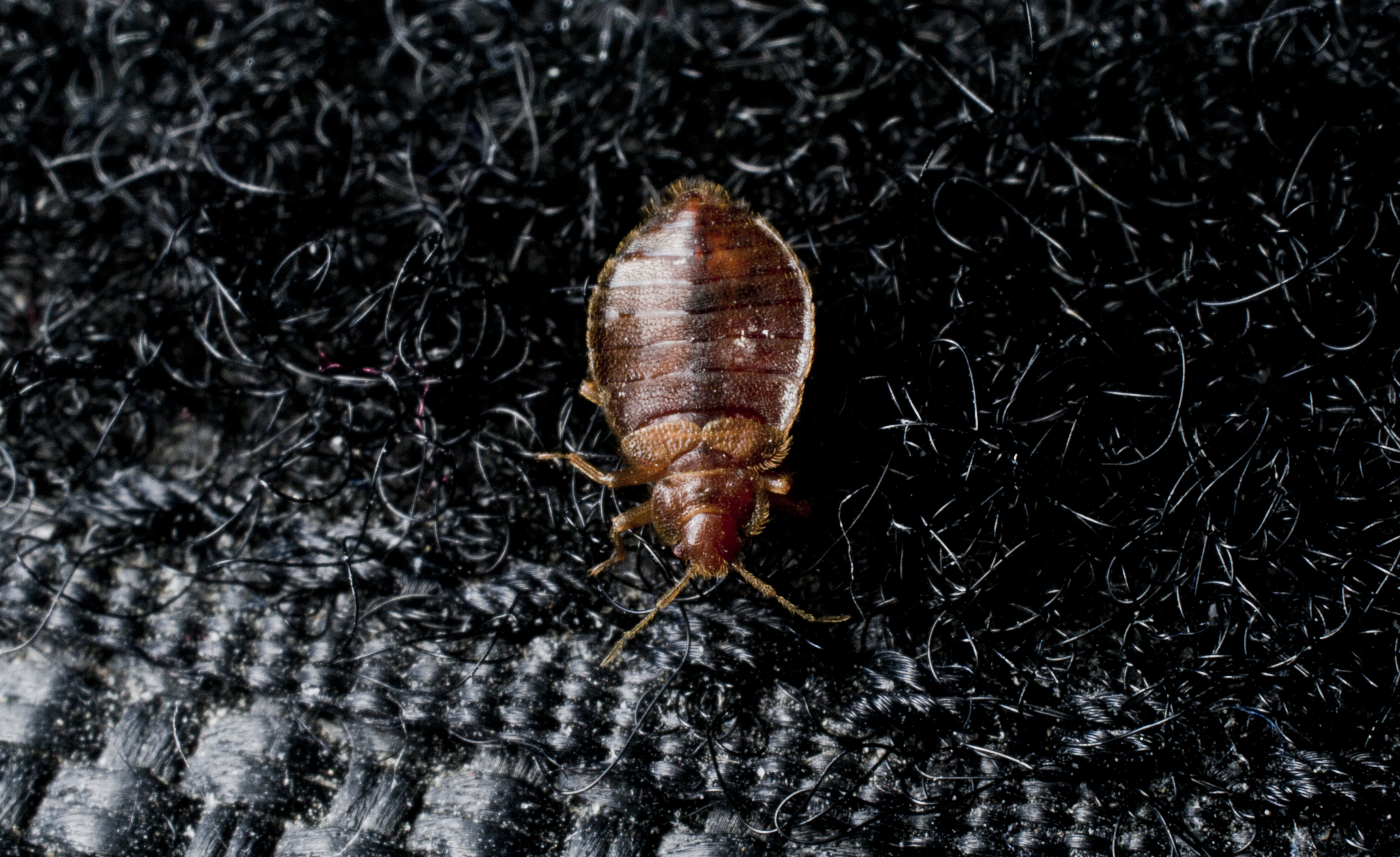National Pest Management Association Separates Pest Myths from Pest Facts
As summer pests are a natural part of the outdoors and typically viewed simply as a nuisance, many believe that they have a full understanding of the risks associated with such. Yet, the National Pest Management Association (NPMA) warns that there are a multitude of myths about summer insects that homeowners subscribe to - most of which wrongly minimize the threats of stinging insects, mosquitoes and ants.
Consider the myth of stinging insects, which many believe must be physically provoked to attack and sting. However, stinging insects, especially wasps, do not have to be physically touched/provoked to attack and sting. Rather, these pests must only feel that they or their colony is threatened, which can simply happen when a human gets too close. Stinging insects send over half million visitors to hospital emergency rooms every year.

Another prominent pest myth is that mosquitoes are only active at dawn and at dusk. Although most are active then, mosquito activity is not limited to these times of day. Mosquitoes feed on blood, which means that they will be seeking out meals whenever they prepare for reproduction. Although known for causing itchy, red welts, today, mosquitoes pose a much different threat due to their ability to transmit West Nile virus.
Finally, there is the common myth that seeing one ant indoors does not equal a full-blown infestation. Although this can be true, ants leave an invisible chemical trail for other ants to follow once they locate a food source. If that food source is in your home, you can count on ant colonies developing. More, while most ants are considered harmless, there are those - such as fire ants, which sting and carpenter ants, which damage wood - that can pose threats to your family's health and property.

Learn About Ants
Ants are a common pest homeowners struggle to eradicate. Learn more about them!

Bed Bug Pest Guide
Traveling for the holidays this year? Be sure to keep an eye out for bed bugs! Use our Pest Guide to help identify this pest.

NPMA's What Grows There? Project
Check out NPMA's What Grows There? project to learn how pests, such as flies, cockroaches and rodents, can spread germs throughout a home.
Find a PEST PRO in your area

Learn About Ants
Ants are a common pest homeowners struggle to eradicate. Learn more about them!

Bed Bug Pest Guide
Traveling for the holidays this year? Be sure to keep an eye out for bed bugs! Use our Pest Guide to help identify this pest.

NPMA's What Grows There? Project
Check out NPMA's What Grows There? project to learn how pests, such as flies, cockroaches and rodents, can spread germs throughout a home.
